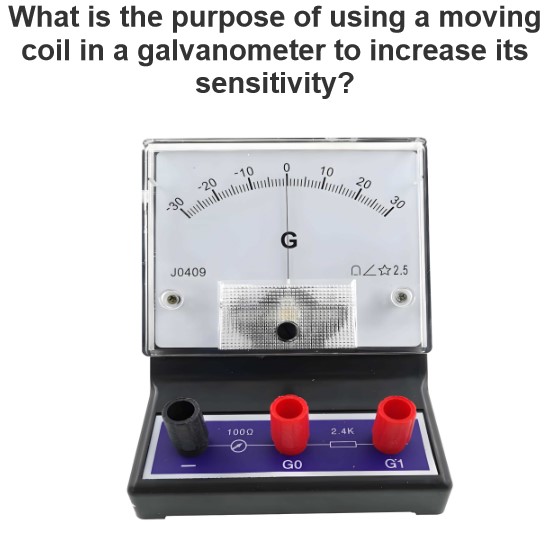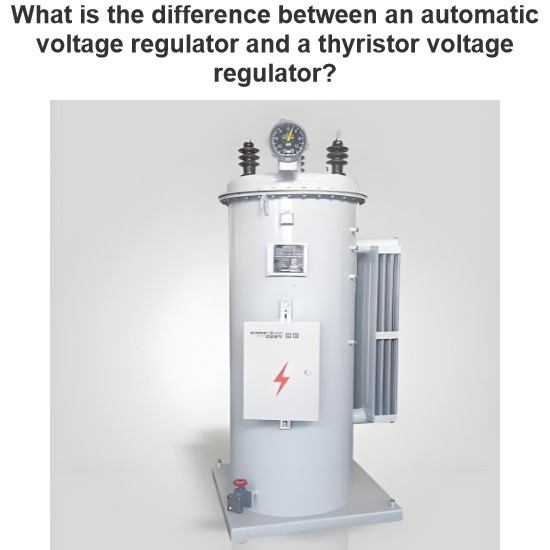What is the purpose of high resistance in an ammeter?
In an ammeter, high resistance serves several important purposes, especially when the ammeter needs to measure large currents or is used in specific circuit configurations. Here are the main purposes of high resistance in an ammeter:
1. Shunt Resistor
When measuring large currents, an ammeter typically cannot handle the entire current directly, as this could damage the ammeter. Therefore, a low-resistance shunt resistor is added to the circuit. The shunt resistor diverts most of the current, allowing only a small portion to pass through the ammeter. This way, the ammeter can safely measure the small current and use a proportional relationship to calculate the total current.
2. Protecting the Ammeter
High resistance can be used to limit the current flowing through the ammeter, preventing excessive current from damaging the ammeter. For example, in precision ammeters, a high resistance is often placed in series with the input to ensure that even in unexpected situations, the current through the ammeter does not exceed its maximum capacity.
3. Voltage Measurement
In some cases, an ammeter can also be used to measure voltage. By placing a high resistance in parallel with the ammeter, the ammeter can be converted into a voltmeter. The current through the high resistance is very small, so it does not significantly affect the total current in the circuit. The ammeter measures the current through the high resistance, indirectly measuring the voltage.
4. Improving Measurement Accuracy
In precision measurements, high resistance can be used to enhance measurement accuracy. By selecting an appropriate high resistance value, measurement errors can be reduced. For example, in measuring very small currents, a high resistance can minimize measurement errors.
5. Adjusting the Range
By connecting different resistance values in series or parallel with the ammeter, the range of the ammeter can be adjusted. For instance, by connecting a low-resistance shunt in parallel, the ammeter's range can be expanded to measure larger currents. By connecting a high resistance in series, the ammeter's range can be narrowed to measure smaller currents.
Summary
High resistance in an ammeter is primarily used for protecting the ammeter, expanding the range, improving measurement accuracy, and enabling voltage measurement. By properly selecting and configuring high resistance, the ammeter can function safely and accurately in various applications.
The Electricity Encyclopedia is dedicated to accelerating the dissemination and application of electricity knowledge and adding impetus to the development and innovation of the electricity industry.




